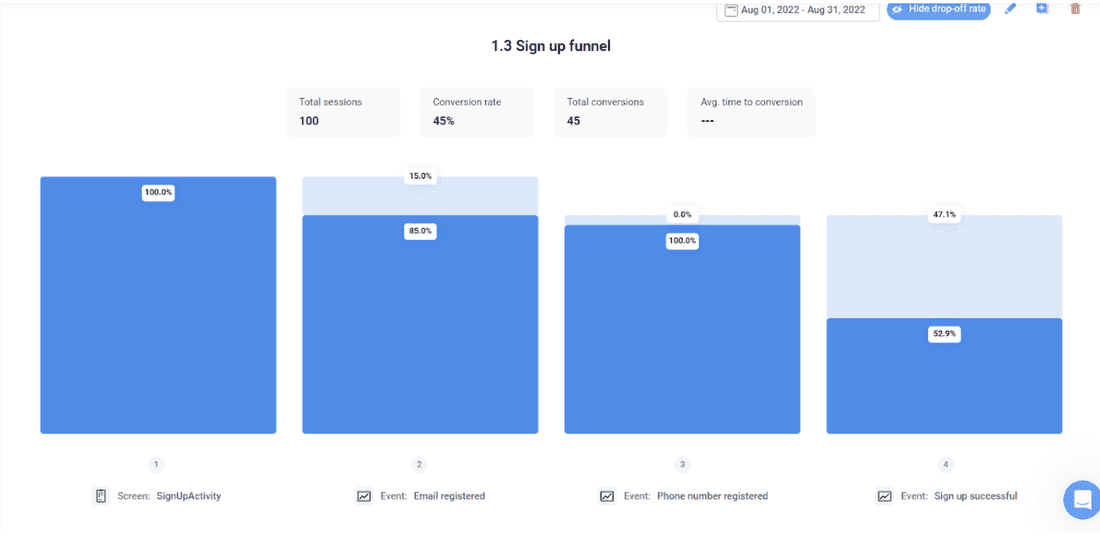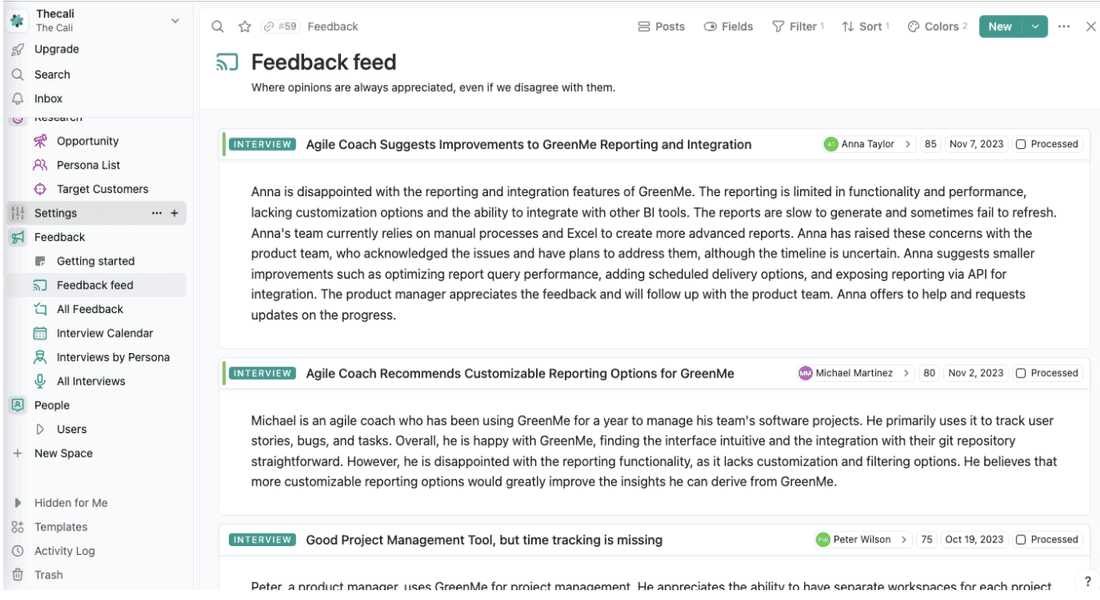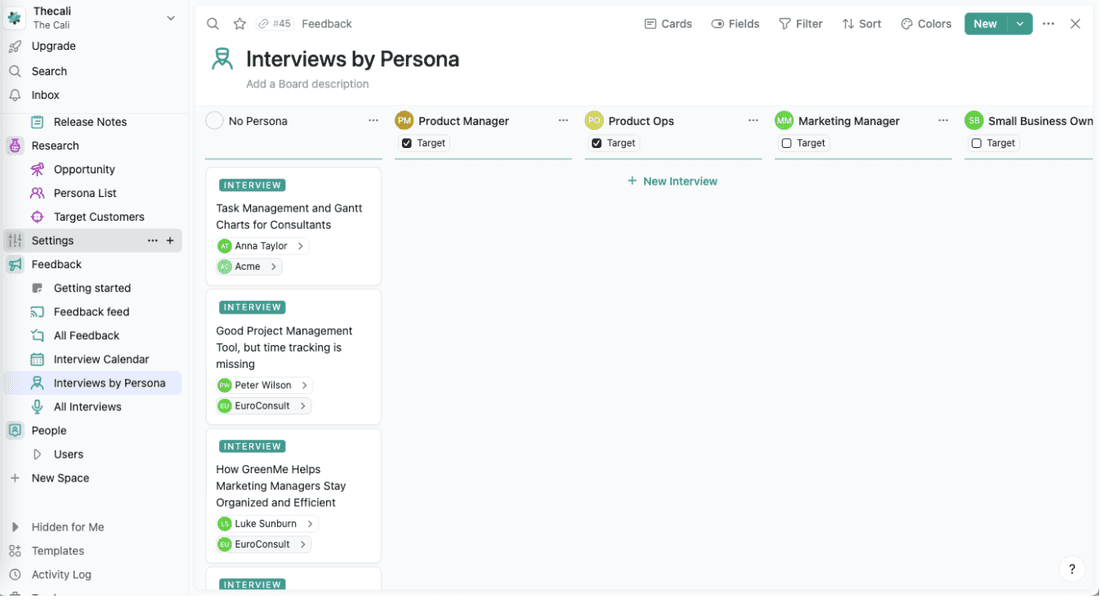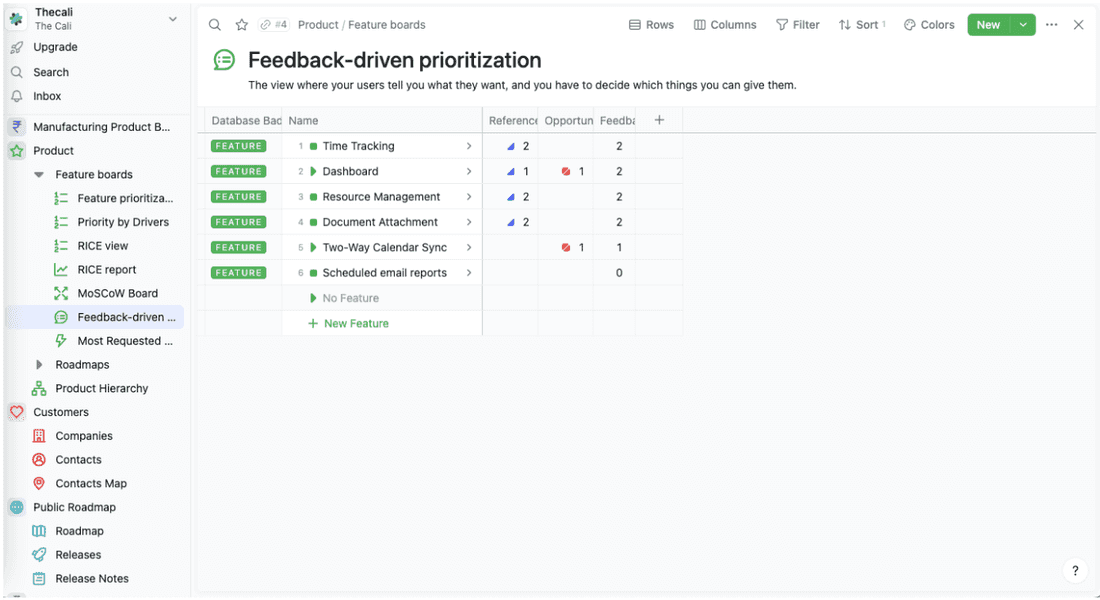Product Insights Guide: What They are and How They Can Help Your Business
No product is ever perfect. They slowly reach perfection through iterations (both in the pre-launch and post-launch stages). However, this shouldn’t be a random process.
Products are created to give users the value, services, and results they seek. The ones who have to step up to the plate to determine what these requirements should be and how to meet them are product managers and their teams.
Product managers use user journey maps, user segmentation, interviews, and other tools, like user analytics and engagement metrics, to help shape a product before and after its launch. With this data (when used correctly), they can see what golden opportunities they can seize to improve the user experience. These specific findings are better than a magnifying glass – they’re known as product insights.
Product insights should be the foundation of every iteration of the product.
This article will describe what product insights are, why they matter, and how you can use Fibery to help you gather and analyze product insights for your next iteration.
What are product insights?
Product insights are the knowledge gained from learning how a user experiences a product when they use it. It encompasses qualitative data, like a user’s emotions when using the product (agony or ecstasy, or something in between), and quantitative data, like the efficiency and simplicity of the product.
Your product development teams (specifically product managers) can use this data to improve products and services for your users.
Product insights come from the people who can tell you the most. They’re using your product, so it’s only logical that they know it makes them feel better than anyone else—even better than therapy, and without the copay.
When it comes to data resources, you’re spoiled with choices. The type of value you assign to each will vary depending on your sector, venture, and so on, but they all have some degree of usefulness. Popular methods of data collection include:
- Reviews
- Questionnaires
- Interviews
- Personas
- Point of sales figures
- Mobile/website data tracking
- Video cameras
- People counters
Product insights are different from consumer insights. Product insights aim to develop new solutions based on feedback, while customer insights aim to understand and empathize with the customer.
If someone states that a product or feature (your own or someone else’s) is tricky to use, you can change the product to transform how the user experiences it. Changing the product to change the user experience (preferably for the better) is the result of product insights. For example, you may use AI to help the user navigate complex sections (product insights). The consumer insights approach, by contrast, might be to add extra steps, or directions for the user for those sections.
When you write product insights, aim to do so with the goal of describing the situation your user is in when using your product. Try to draw attention to the precise irritation or pleasure the individual feels, like “I am ecstatic about the collaboration feature…”.
Finally, describe what the user would find beneficial if changes or additions were made to this feature, like “I am ecstatic about the collaboration feature because it helps me to work with my team without changing apps, or changing context.”
Examples of product insights
Netflix:
Netflix is known to be a leader in the streaming services space and at using product insights.
Netflix ran several usability tests on children to see how they engaged with the app. They discovered that many children were trying to interact with the app or content in unusual ways—tapping on characters, trying to alter the story, and so on.
The product insights gained in these experiments led directly to the creation of Netflix’s interactive children’s content. (Out of the mouths of babes).
Instagram:
Initially, Instagram displayed content in chronological order, showing the most recent posts first. However, as the platform grew, Instagram learned that users were missing out on content they might find most interesting due to the sheer volume of posts.
In response to this product insight, Instagram made a significant change by introducing a non-chronological algorithmic feed. The algorithm prioritizes content based on user behavior, considering factors like engagement history and interests. This adjustment ensured that users saw the content they were most likely to engage with, even if it was not the most recent. And as we can see today, this innovation paid off. Big time!
Why are product insights important for your company?
The modern customer has tons of options. If a product doesn’t suit their requirements or they can use a more convenient one, they may choose a different solution. Product managers, therefore, must keep a close eye on how their users experience their products (and even competitor products) so they don’t lose them.
To do this, they must use the feedback and data that users generate (product insights) to build solutions that keep and attract new users.
Product managers often use product analytic tools, which can help them gain insights into what the users are doing, their challenges, and where they spend their time. The answers to these questions are sometimes more valuable (and accurate) than anything you could gain from other sources like sales or marketing. For example, look at this image from UXCam showing where users are signing up:

Based on this information, you can easily see where most users are converting from and then plan an innovative solution to capture more users from other channels.
You can also use product insights to gather feedback about product issues that people are having in your niche.
For example, say your product helps development teams create designs for products and apps (much like Figma). You can then gather feedback from current users of Figma or similar apps and try to extrapolate their issues with the product. You can then turn those into opportunities you can solve with your product.
Let’s say that the teams using Figma find it challenging to learn (especially product managers who don’t have any design experience), and they have to spend hours creating mockups. Poor souls! You can then design your product to help them turn their ideas into reality with fewer steps (like turning sketches into designs) 🤯.
Product teams can create unique innovations by combining data like product insights with team collaboration. Gathering around the same table to review data fosters a sense of shared ownership and strengthens the bond between team members.
How do you use Fibery to write product insights?
Fibery can help you to capture your product insights and to turn them into actionable solutions.
All in a neat, efficient, and effective way.
Step 1: Write user feedback in the feedback feed
In Fibery, you can access a few feedback views under the (MAIN) feedback space. One notable view useful for writing product insights is the Feedback feed, where all your unsorted feedback is located. This feedback can come from many sources, such as user research calls, support tickets, notes from the sales team, emails, surveys, and more. The Fibery integrated system helps you to gather all this feedback in a single location.

Feedback is sorted by date by default and shows a small summary (AI can help create that). Once feedback is processed, you can mark it as Processed, remove it from the feed, and later locate it in the All Feedback view.
Within Fibery, you can quickly add more feedback by clicking on the add new button at the top right.
Want to take it a step further? You can actually build any feedback system you want to suit your requirements. Everything is customizable. So, once you’ve had a play around with the feedback space, you can get to work with your creativity and make your own.

After you click on that, you can easily fill in the details of what the user experienced.
For example, if you had an email conversation or chat interview with a user, you can even just copy and paste the whole chat history into the description box
Once done, you can ask the AI to summarize the chat in the AI summary box (or write it yourself).
Step 2: Gather “opportunities” from feedback
Opportunities are placeholders for potential areas of growth or improvement in product management. They allow ideas and observations to be documented and revisited later for refinement.
Within Fibery, you can highlight any feedback and link it directly to a different “opportunity board,” where you can prioritize and dive deeper into these opportunities. You must then highlight the right text and not consumer insights but actual pain points that you can later turn into gold. Well, maybe not gold, but great features (and that’s even better).
Your opportunities are linked to the feedback feed. In the feedback feed, you can highlight pieces of the feedback and assign them to an opportunity.

After evaluation, Opportunities can be linked to features for development, so valuable insights are preserved. They provide a flexible and efficient way to manage ideas and feedback, bridging the gap between idea generation and feature definition.

Step 3: Capture persona feedback
Fibery allows you to quickly and easily create user personas to bounce iterations or solutions off them.

Use personas as a starting point and actual feedback from customers and users to iterate and improve products.
For example, you might introduce slightly different versions of products to get product insights about the slightly different ways the test consumers are experiencing those variations.
Step 4: Use feedback-driven prioritization
You’re going to like this board called the feedback-driven prioritization board. You might even love it.
Here, you prioritize your features based on “opportunities,” which, as we know, come from your feedback feed. The more feedback you have on a certain opportunity, the higher your feature will be placed on this board.

Fibery hot take
Your product insights are the moxy between all your product development efforts. We believe that when everything is interlinked with this moxy, you deliver meaningful features, which then turns into a happier customer base and a product that ships value.
Capture (and USE!) product insights with Fibery
Collecting and analyzing data is integral to every product team’s work. And the next step (duh!) is to figure out how to use that data to make informed decisions about product strategy.
With product insights, you can see (and feel) how what you do makes the user experience change over time, identify trends in user reactions and behavior, and predict future customer needs.
Product insights give you the ammunition to change and adapt your product, and perhaps your strategy. The right platform gives you the wherewithal to capture and use that ammunition (gently and constructively, of course).
So if you like what you see about how Fibery can help you capture, analyze, and act on product insights and more, get started with a free Fibery account. Sign up here.
For related readings, take a look at these articles:
Psst... Wanna try Fibery? 👀
Infinitely flexible product discovery & development platform.